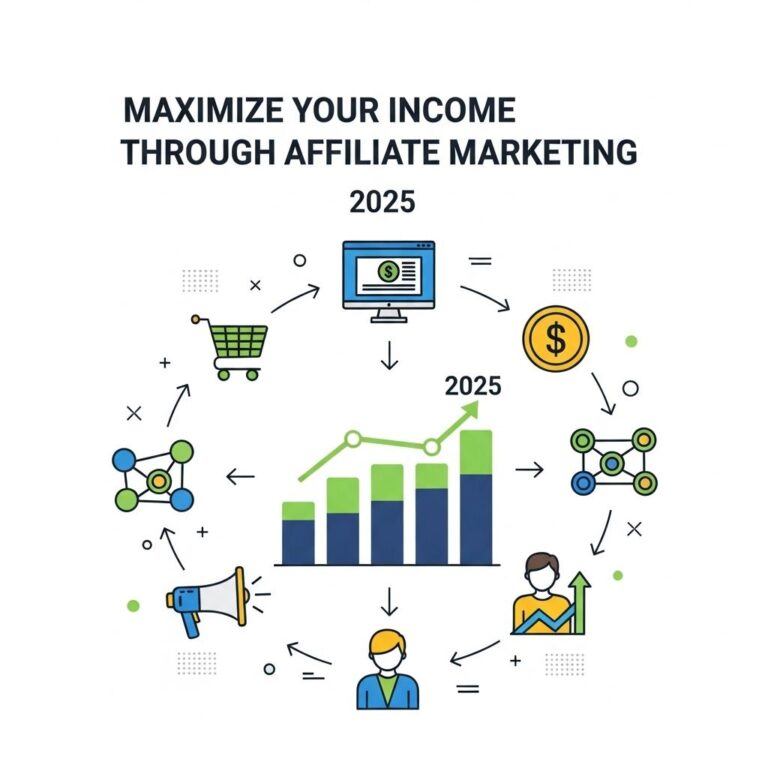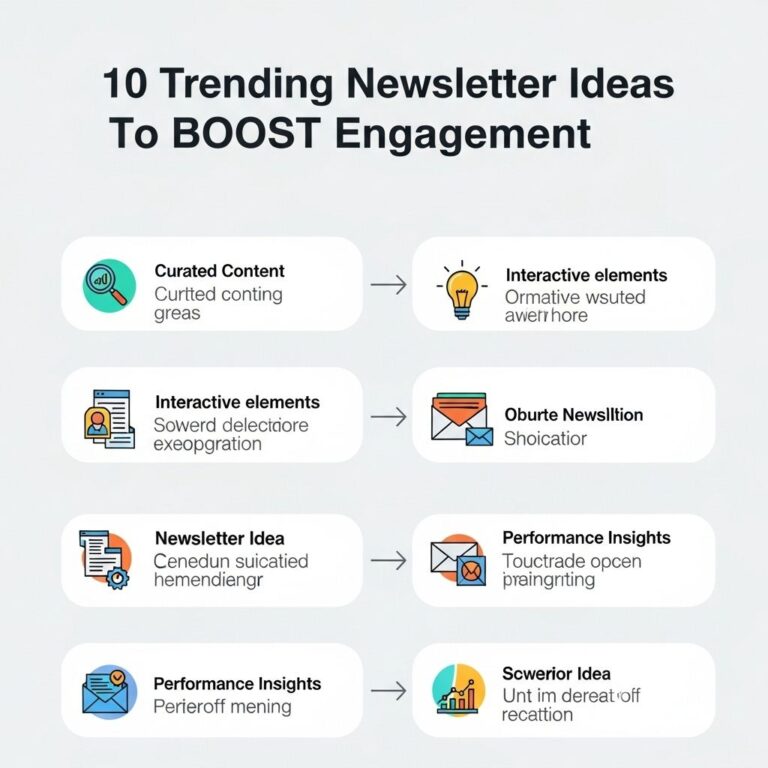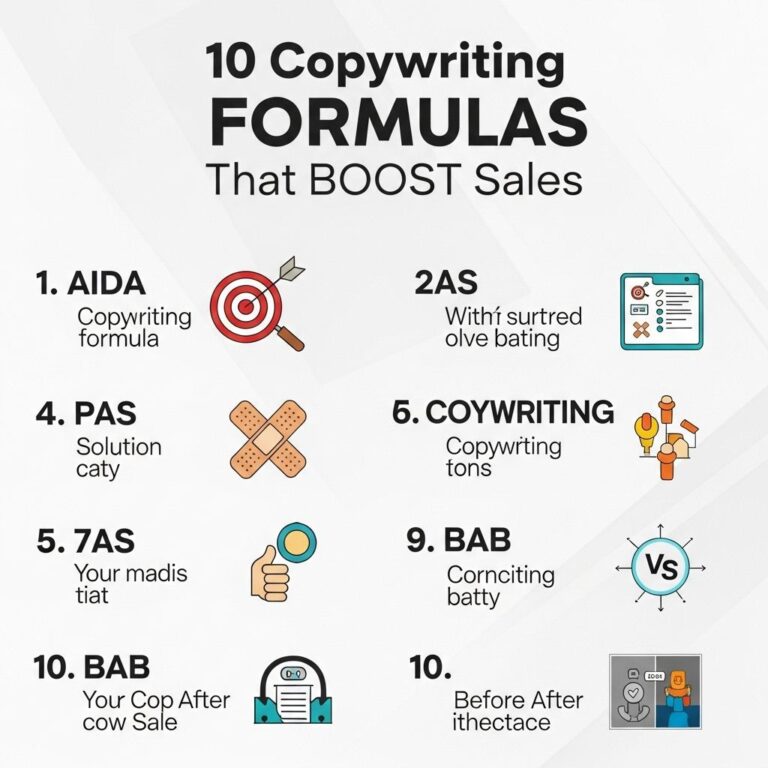In the competitive world of online marketing, increasing conversion rates is a top priority for many businesses. With the right strategies, you can boost your conversions by as much as 50%. This article will delve into proven techniques, industry insights, and actionable tips that can help you achieve significant growth in your online sales and leads.
Table of Contents
Understanding Conversion Rate Optimization
Conversion Rate Optimization (CRO) is the process of improving your website or landing page to increase the percentage of visitors who complete a desired action, such as making a purchase or signing up for a newsletter. Here are key aspects of CRO:
- Data Analysis: Understanding user behavior through analytics tools.
- Testing: Running A/B tests to compare different versions of web pages.
- User Experience: Enhancing the overall experience for visitors.
Why Focus on Conversion Rates?
Higher conversion rates lead to increased revenue without needing to attract more visitors. Effective CRO can help you make the most of your existing traffic, leading to:
- Lower customer acquisition costs
- Improved ROI on your marketing spend
- Enhanced customer satisfaction and loyalty
Identifying Key Areas for Improvement
Before implementing changes, it’s essential to identify which areas of your website or sales funnel need improvement. Here are steps to get started:
1. Analyze Your Current Conversion Rates
Utilize analytics tools like Google Analytics to assess your current conversion rates. Look for:
- High bounce rates on specific pages
- Low conversion rates on landing pages
- High cart abandonment rates
2. Gather User Feedback
Understanding your users’ perspectives can provide invaluable insights. Consider these methods:
- Surveys and polls on your website
- User testing sessions
- Live chat feedback
3. Perform Competitor Analysis
Analyze what your competitors are doing. Take note of their:
- Website design
- Call-to-action placements
- Content strategies
Effective Strategies to Boost Conversions
Once you’ve identified areas for improvement, consider the following strategies:
1. Optimize Your Landing Pages
Your landing pages are critical for conversions. Focus on:
- Clear Headlines: Use compelling and concise headlines that address your visitors’ needs.
- Strong Call-To-Actions (CTAs): Place prominent CTAs that guide users toward their next steps.
- Visual Appeal: Ensure your layout is visually pleasing with an appropriate color scheme and images.
2. Leverage Social Proof
Social proof can significantly influence decisions. Consider using:
- Customer reviews and testimonials
- Case studies showcasing successful outcomes
- Trust badges and certifications
3. Implement A/B Testing
A/B testing helps you understand what works best with your audience. Key elements to test include:
| Element | Test Options |
|---|---|
| Headline | Version A vs. Version B |
| CTA Button Color | Red vs. Green |
| Image Placement | Top vs. Bottom |
4. Simplify the Checkout Process
A complicated checkout process can lead to cart abandonment. To streamline:
- Reduce the number of steps required to complete a purchase.
- Offer guest checkout options.
- Display progress indicators during the checkout process.
Enhancing User Experience
In addition to optimizing specific pages, improving the overall user experience can lead to higher conversion rates. Consider these factors:
1. Website Speed
Fast loading times are crucial. Use tools like Google PageSpeed Insights to analyze your site’s performance.
2. Mobile Optimization
With a significant amount of traffic coming from mobile devices, ensure your site is mobile-friendly. This includes:
- Responsive design
- Touch-friendly navigation
- Optimized images for mobile
3. Content Quality
Quality content establishes authority and trust. Focus on:
- Providing valuable information
- Using engaging visuals
- Updating content regularly
Measuring Success and Ongoing Improvement
After implementing your strategies, continuously measure success to ensure you are on the right track. Use the following metrics:
- Conversion rate percentage
- Customer acquisition cost
- Customer lifetime value
Feedback Loop
Establish a feedback loop that allows for ongoing adjustments based on user behavior and preferences. This could involve:
- Regularly updating your analytics
- Conducting periodic user surveys
- Staying updated on industry trends
By focusing on these strategies and consistently optimizing your approach, you can significantly increase your conversions. Remember that every business is different, so it’s vital to tailor these strategies to fit your specific needs and audience.
FAQ
What are effective strategies to increase conversions by 50%?
To increase conversions by 50%, focus on optimizing your landing pages, improving your call-to-action (CTA), utilizing A/B testing, enhancing user experience, and leveraging social proof.
How can I improve my website’s user experience for better conversions?
To enhance user experience, ensure your website is mobile-friendly, load times are fast, navigation is intuitive, and content is clear and engaging.
What role does A/B testing play in boosting conversion rates?
A/B testing allows you to compare different versions of your webpage or elements to determine which one performs better, enabling data-driven decisions to enhance conversion rates.
Why is a strong call-to-action important for conversions?
A strong call-to-action clearly guides users towards the next step you want them to take, making it essential for effectively converting visitors into customers.
How can social proof increase my conversion rates?
Social proof, such as testimonials, reviews, and user-generated content, builds trust and credibility, encouraging potential customers to make a purchase.
What analytics tools can help track conversion rates?
Tools like Google Analytics, Hotjar, and Optimizely can provide insights into user behavior, allowing you to track and optimize your conversion rates effectively.









